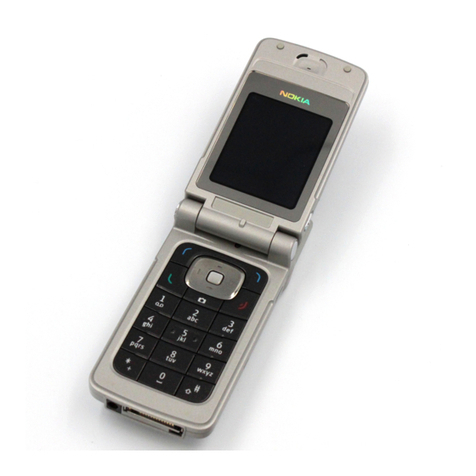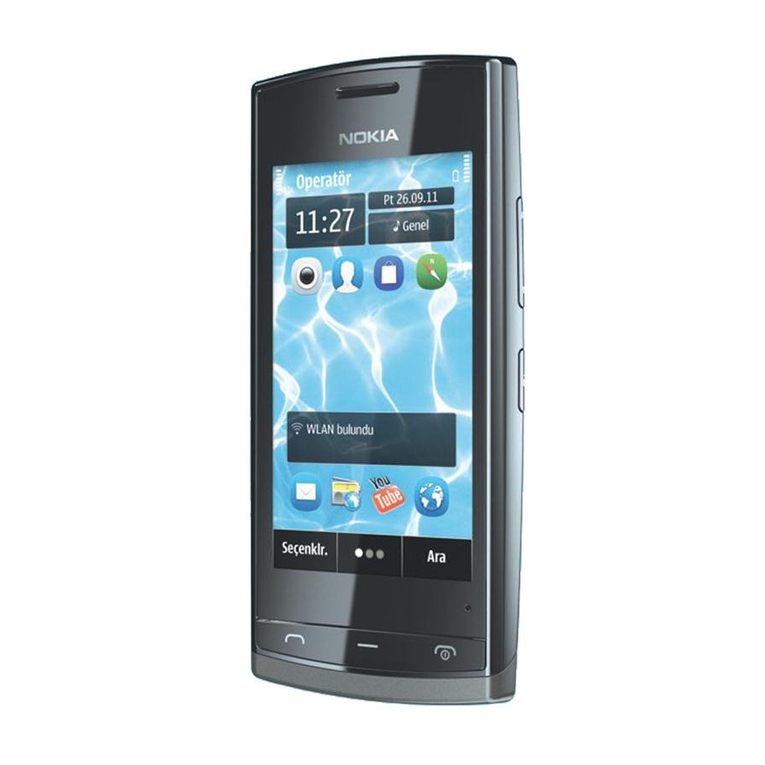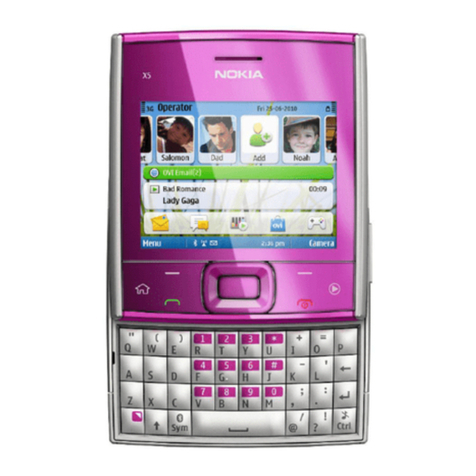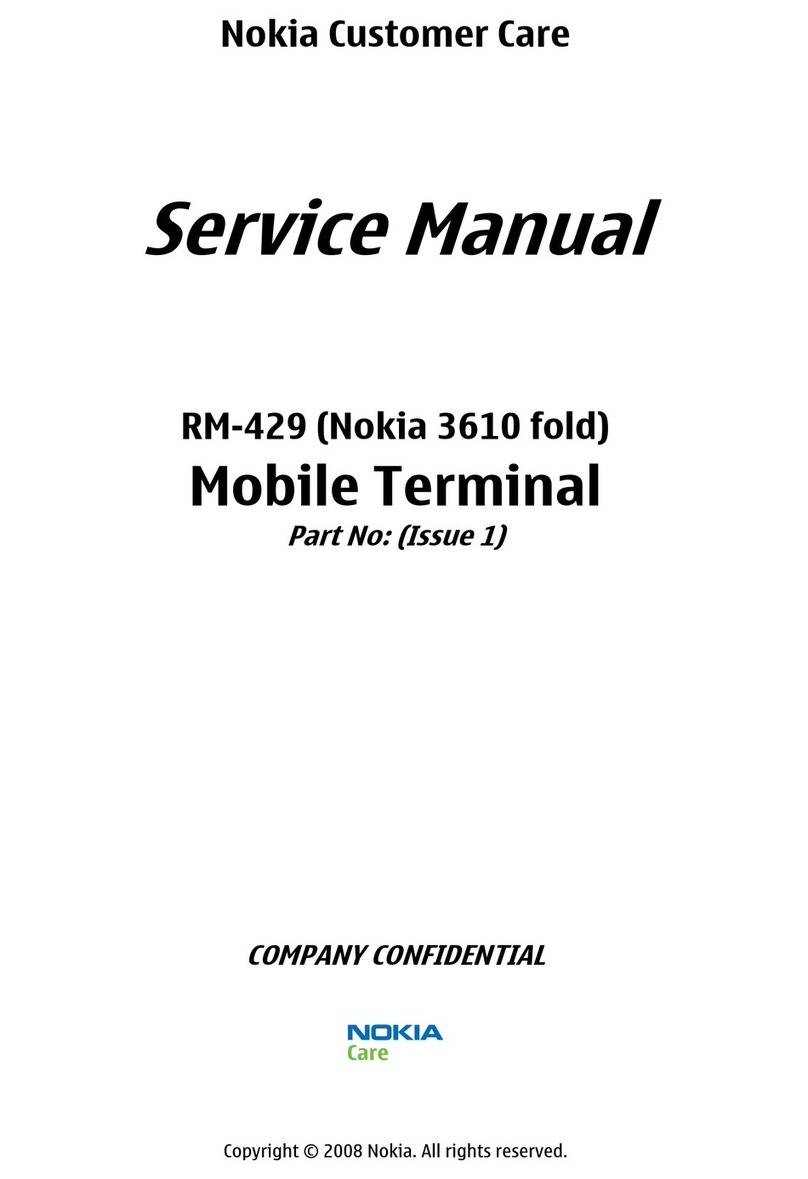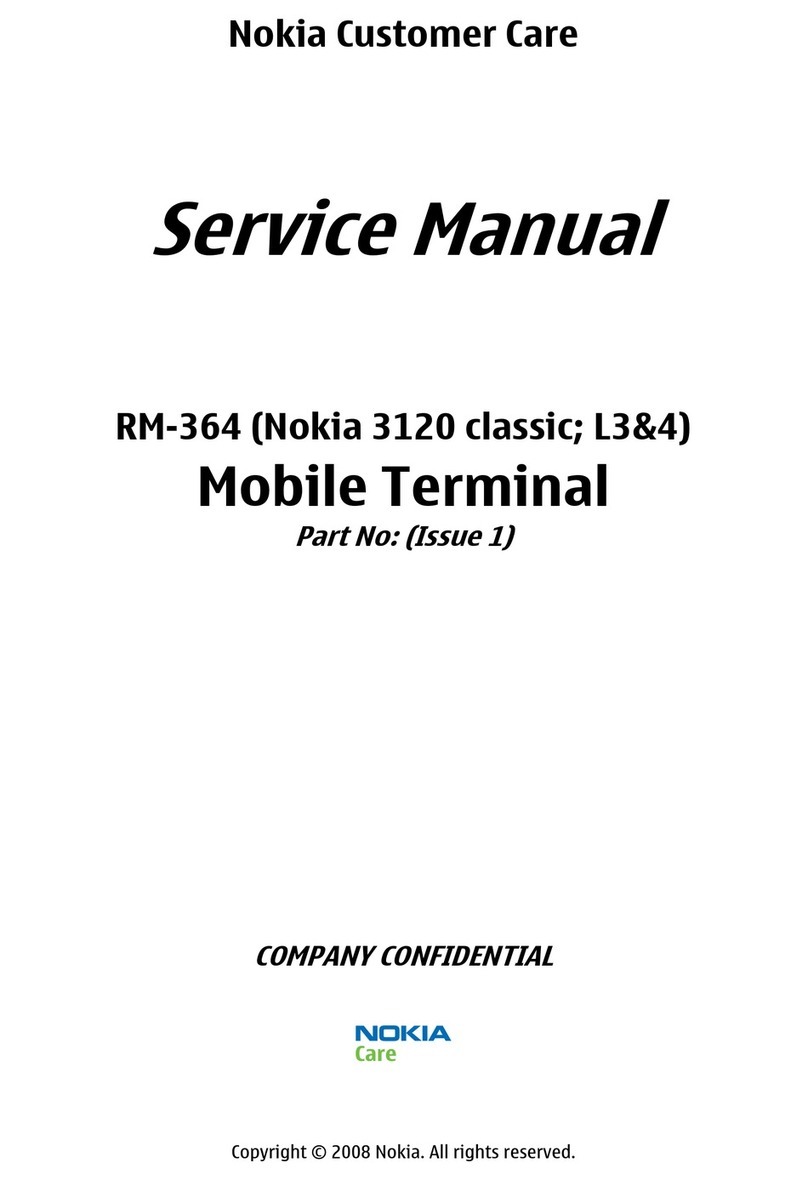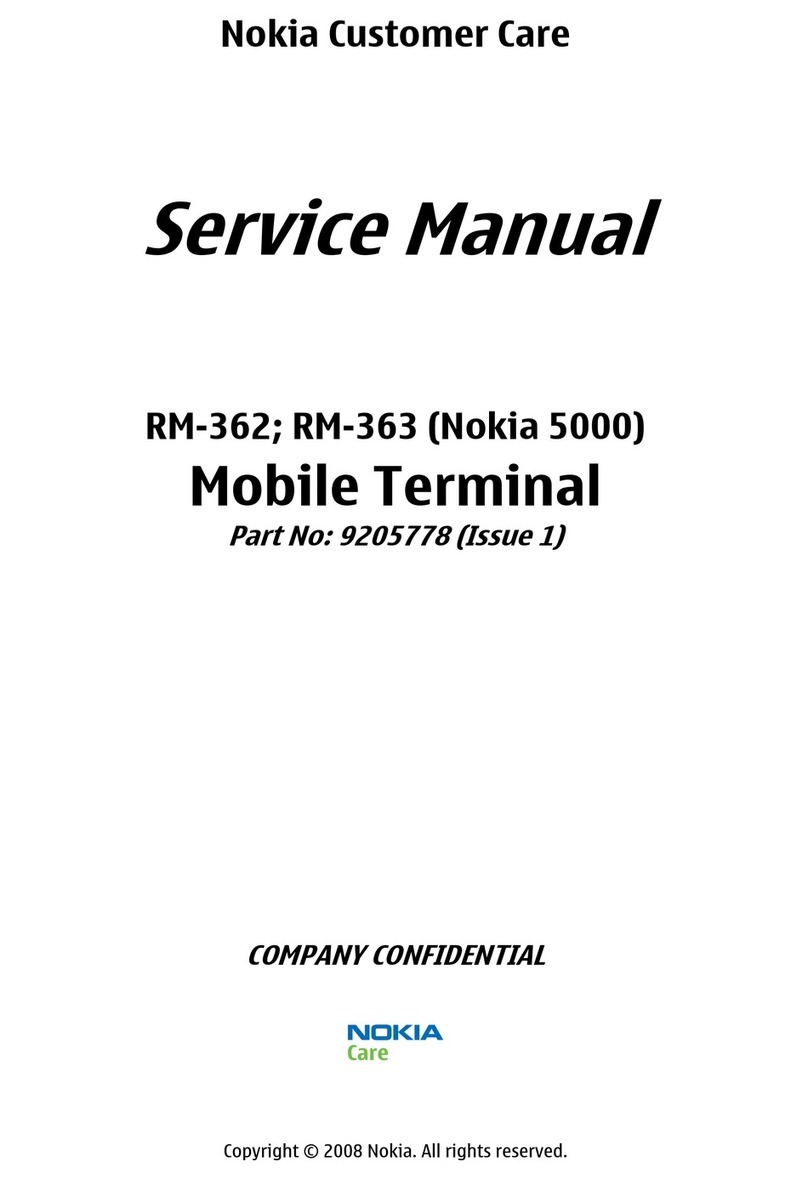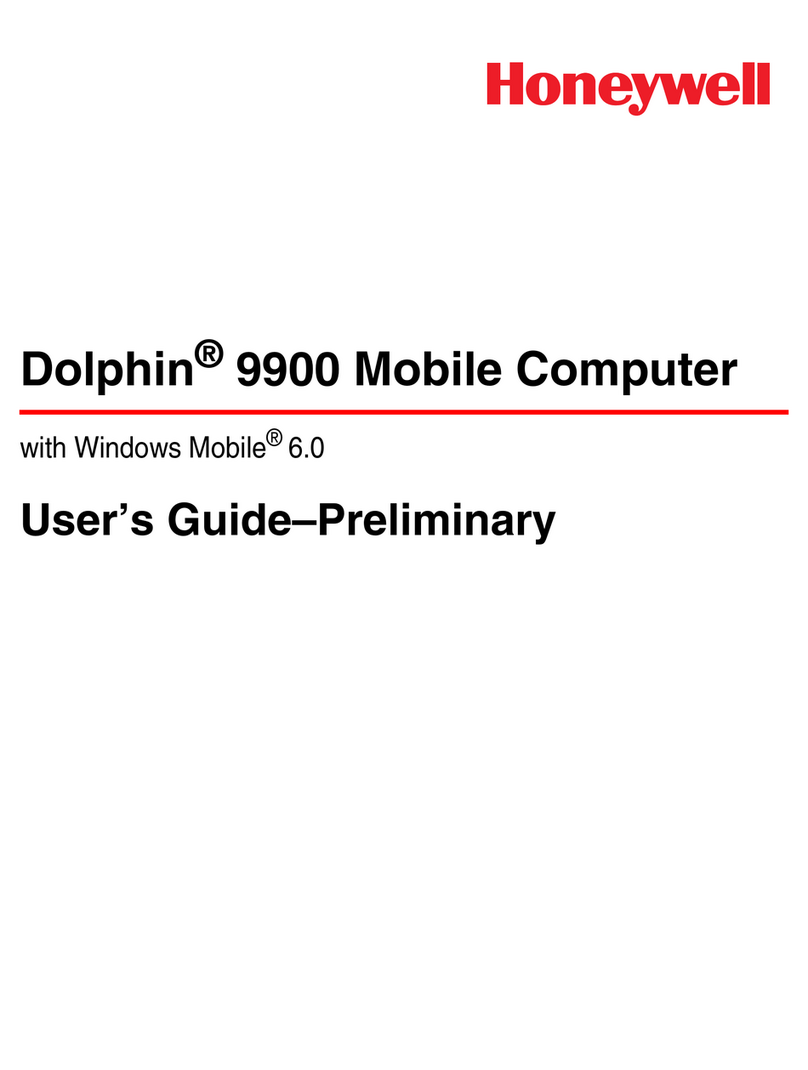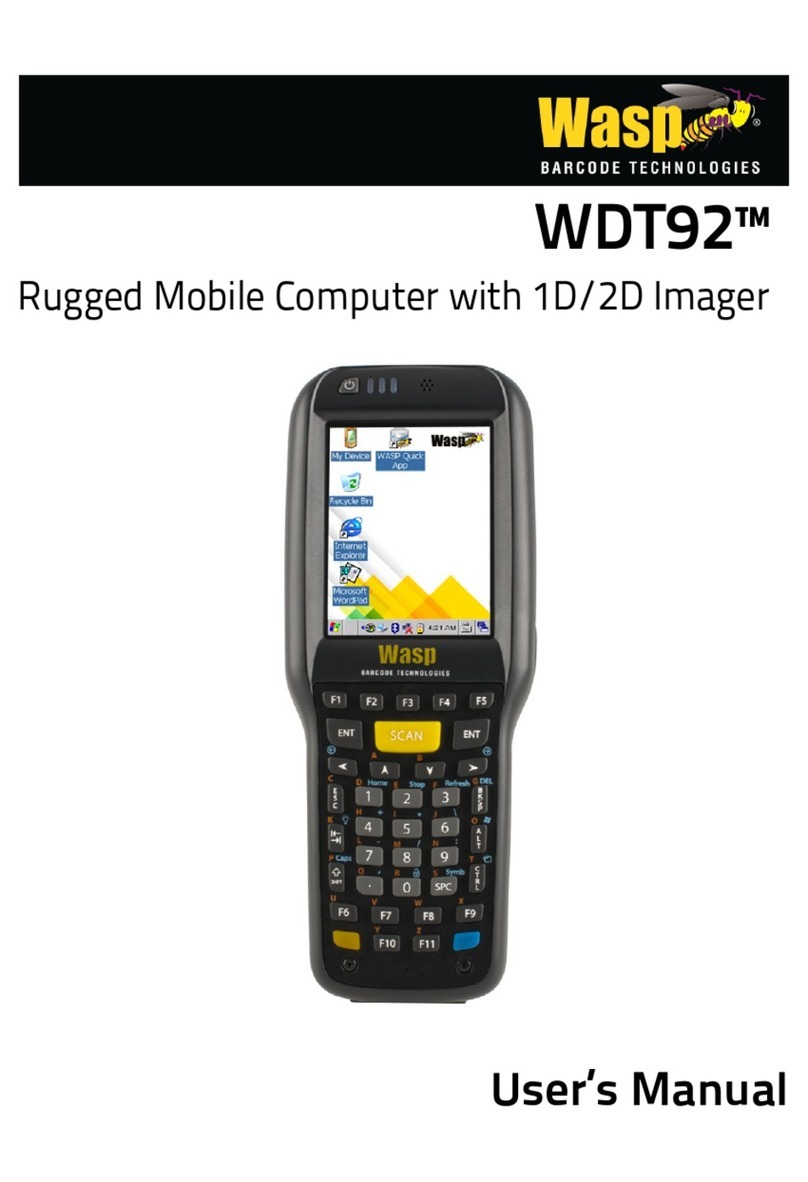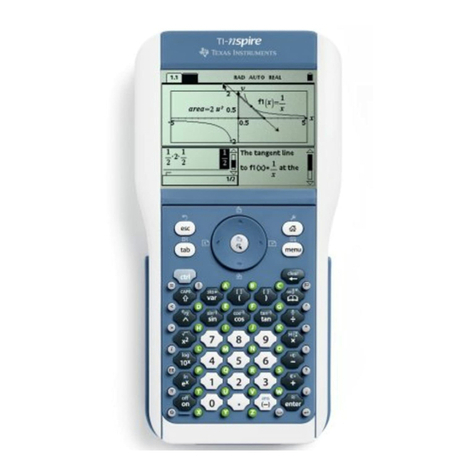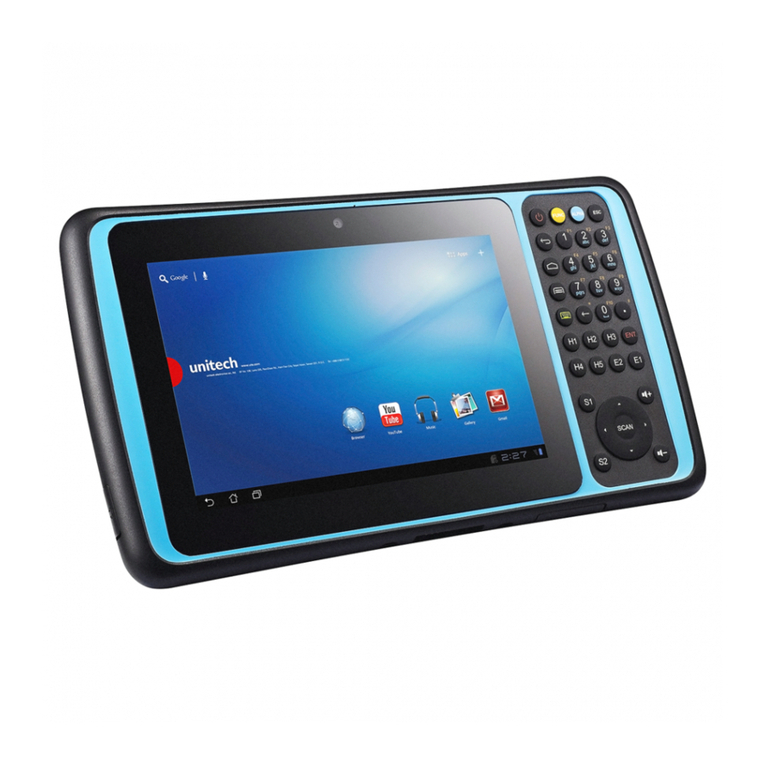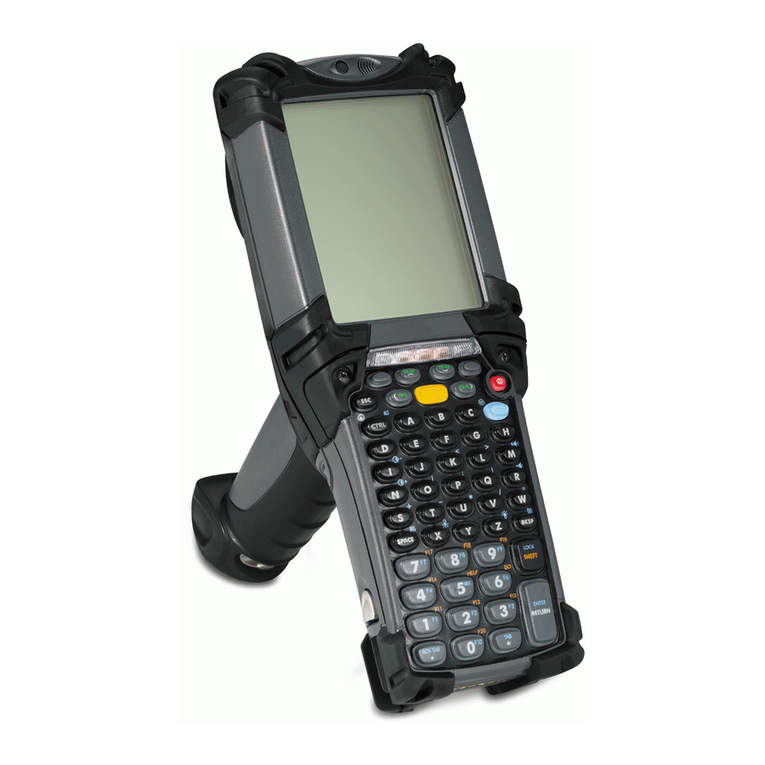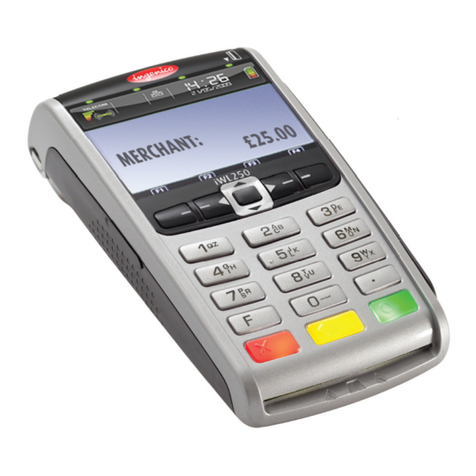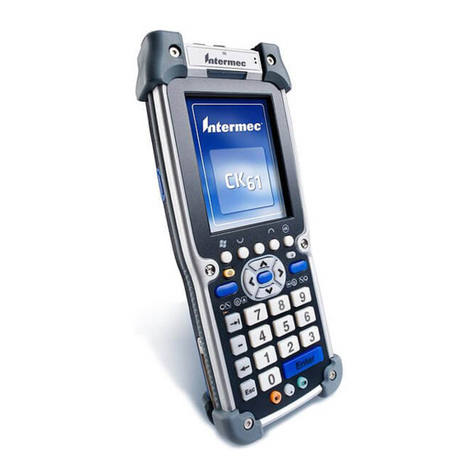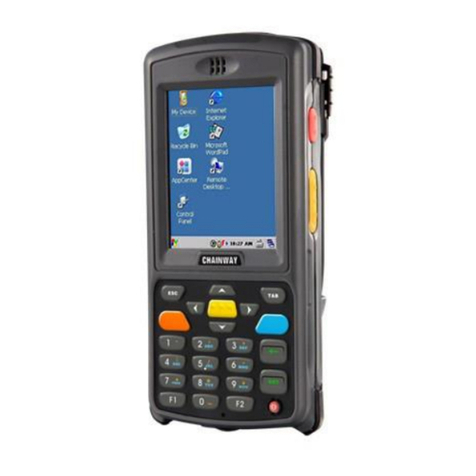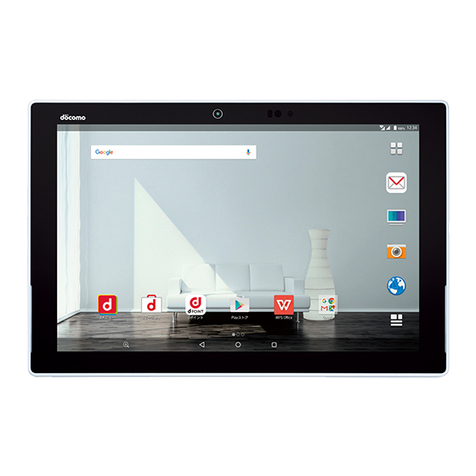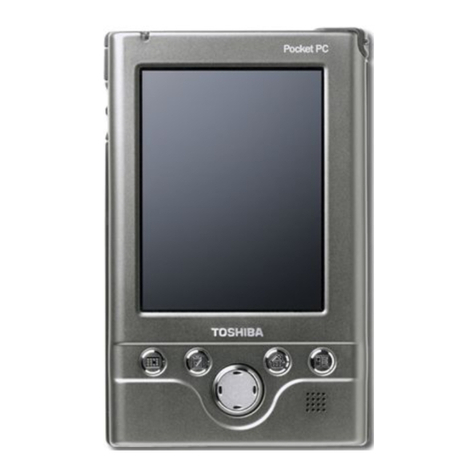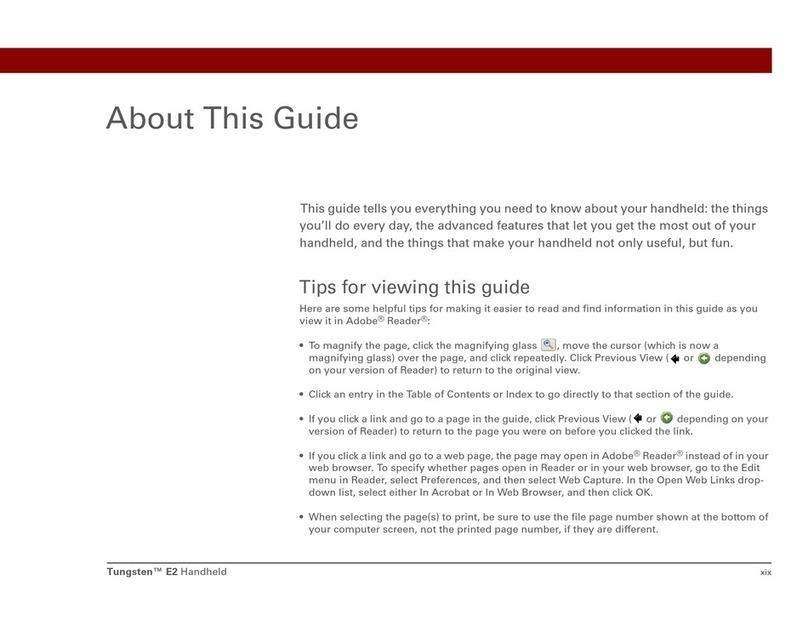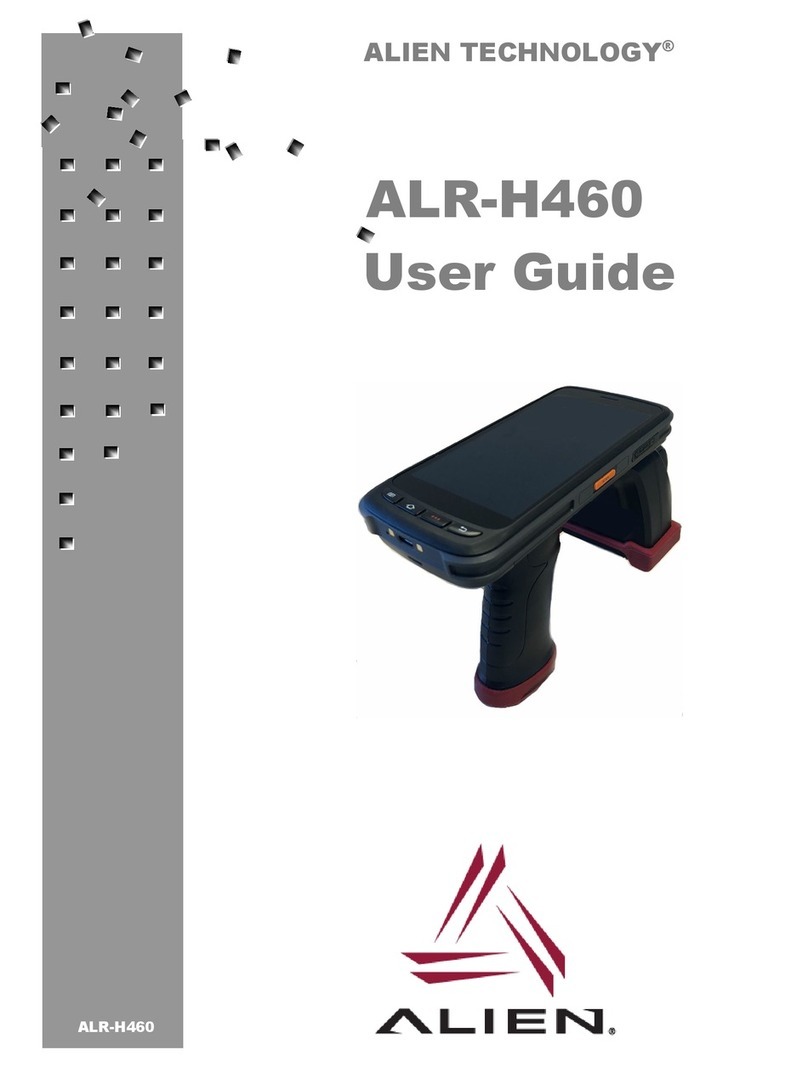2255 (RM-97)
RF Description and Troubleshooting Nokia Customer Care
Page 2 ©2005 Nokia Corporation Company Confidential ISSUE 1 10/2005
Contents Page
Mobile Terminal Components ..................................................................................................................... 4
Preliminary RF Troubleshooting.................................................................................................................. 5
Mobile Terminal Cannot Make a Call ....................................................................................................5
Tx Power Low ................................................................................................................................................5
Transmitter Block Diagram .......................................................................................................................6
Transmitter Schematics .............................................................................................................................7
Transmitter Troubleshooting ....................................................................................................................9
CELL Tx Setup............................................................................................................................................. 9
Failed Test: Tx PA Detector ................................................................................................................. 11
Tx RF Test Points ........................................................................................................................................13
Tx AGC Tuning ............................................................................................................................................16
Receiver Troubleshooting ........................................................................................................................17
Receiver Schematics .................................................................................................................................18
Turning on the Rx Path ........................................................................................................................ 20
Switching the Rx Gain, IF, and IP States ............................................................................................21
Receiver Troubleshooting ........................................................................................................................22
Receiver RF Troubleshooting Test Points ............................................................................................24
Receiver IF Troubleshooting Test Points .............................................................................................26
Cell Receiver Check from RF to IQ ........................................................................................................28
Receiver Diagnostic using Signal Tracing and Call Box.............................................................. 29
Rx Front-End IC (N7150) DC Troubleshooting ..................................................................................30
Synthesizer Troubleshooting ..................................................................................................................31
Synthesizer Block Diagram ................................................................................................................. 31
Synthesizer Schematic .............................................................................................................................32
Synthesizer Troubleshooting Setup ......................................................................................................33
19.2 MHZ VCTCXO Reference Clock .....................................................................................................35
VCTCXO Manual Tuning....................................................................................................................... 36
UHF Synthesizer Test Points ...................................................................................................................40
UHF Synthesizer Schematic ....................................................................................................................41
Incorrect UHF Frequency ..................................................................................................................... 42
Rx VHF ..........................................................................................................................................................43
Rx VHF Schematic .....................................................................................................................................44
Incorrect Rx VHF Frequency ............................................................................................................... 45
Tx VHF ...........................................................................................................................................................46
Tx VHF Schematic ......................................................................................................................................47
Incorrect Tx VHF Frequency................................................................................................................ 48
FM Radio Troubleshooting ......................................................................................................................49



